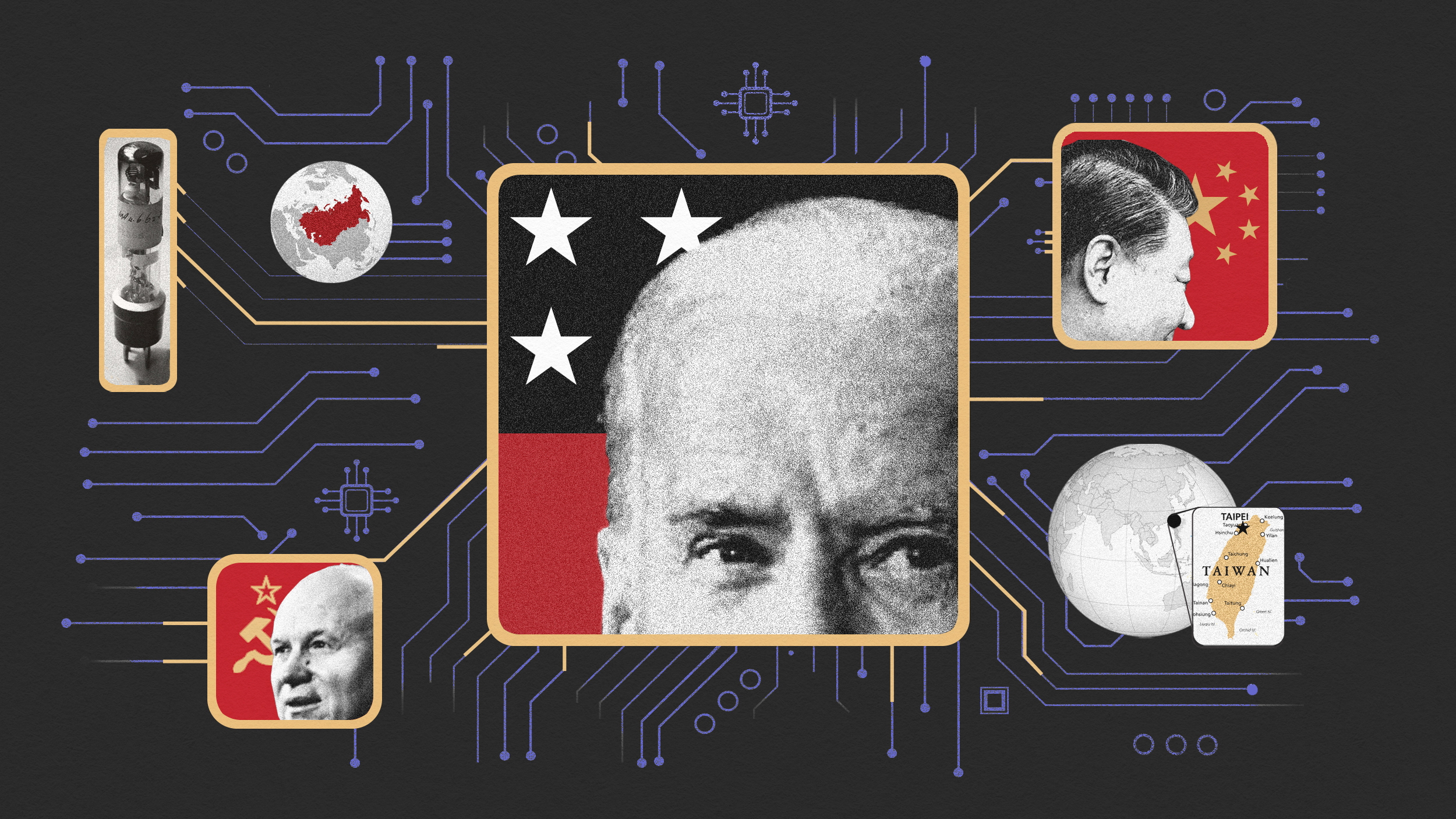China’s High-Speed Plan for California

Over the past several years, China and Europe have sped by the United States in their development of high-speed rail systems. But now, as the New York Times reports, China might be sharing their expertise, and money, with the U.S.– or more precisely, with the state of California:
“The Chinese government has signed cooperation agreements with the State of California and General Electric to help build such lines. The agreements, both of which are preliminary, show China’s desire to become a big exporter and licensor of bullet trains traveling 215 miles an hour.”
MIT civil engineering professor and external adviser to the DOT Joe Sussman says the reason the U.S. doesn’t have high-speed rail has nothing to do with technological advancements. It’s simply because we’ve been unwilling to pay for it. “It’s very difficult to allocate large sums of money to one particular region of the country and not favor the other regions of the country with this same technology.” As of now, China’s technical and finance assistance would only be helping California—the state that Sussman believes could benefit most from the system.
Michael Schrage, research fellow at MIT Sloan School of Management, thinks high-speed trains simply wouldn’t cut it in the United States. “It may work for Asia and Europe, but people are closer together, the city densities are different, the lifestyles are different, the cultures are different.”
Doug Malewicki, President and Chief Scientist of AeroVisions, is developing an on-demand MagLev public transport system called Air Tran. He thinks high-speed trains aren’t the best option for the U.S. Instead, we need a system that isn’t on a schedule, is on-demand, and takes you non-stop wherever you want to go.





